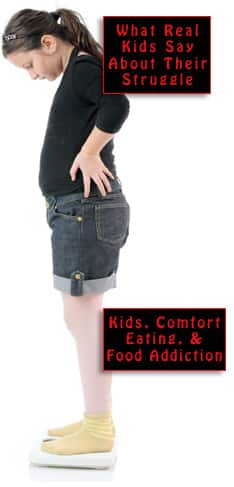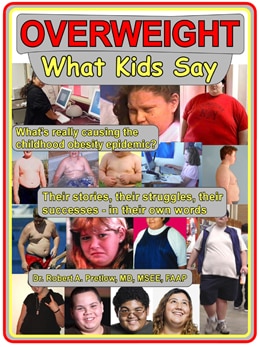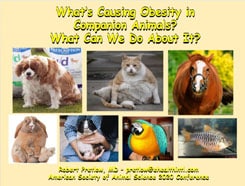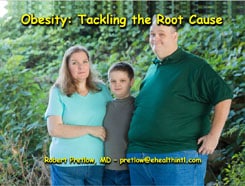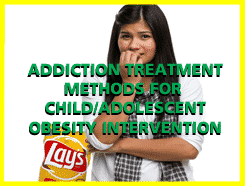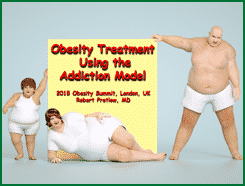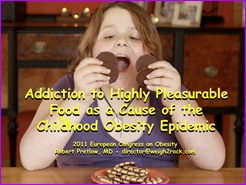Presenteeism As a Concept With Consequences

Absenteeism describes the state of being absent, but the term “presenteeism” is loaded with much more significance than merely showing up. The term goes way back to the 1930s, where it appeared in the work of writer H. Withers.
Skipping ahead several decades, we find such citations as a chapter in Contemporary Occupational Health Psychology whose subtitles include “The Many Definitions of Presenteeism” and “Problems with Presenteeism Research.” Almost a century after the phenomenon was first named, here is a contemporary definition by Will Kenton, from Investopedia:
Presenteeism refers to the lost productivity that occurs when employees are not fully functioning in the workplace because of an illness, injury, or other condition.
People arrive at the job site, and even try hard to give an optimal performance, but they are not able to do their best, and are likely to make mistakes and in other ways contribute to an overall loss of effectiveness. Although they are trying, their physical, mental or emotional unwellness renders them unable to operate at the highest — or even an adequate — level.
The American Psychological Association dictionary offers this about presenteeism:
The resulting reduction in productivity is a growing financial and safety concern for employers, particularly since research suggests presenteeism is much more prevalent and damaging than absenteeism. Factors that drive presenteeism include a large workload, fear of missing deadlines, fear of disciplinary action or job loss, missed pay, the desire to conserve leave for future use, loyalty to coworkers, company loyalty, and job satisfaction.
A very recent Childhood Obesity News post quoted Duke University researchers who found that “obesity-related absenteeism and presenteeism cost U.S. employers $73 billion annually.” How do researchers arrive at a number like this, and its related conclusions?
Here is a surprising observation: Presenteeism might be an even larger problem than absenteeism. To use a sports analogy, “playing hurt” can cost the company more money than would be the case if people simply did not show up. On top of that, if a well-intentioned employee insists on working while unfit (or a boss insists on their doing so), it is easy to see how the illness or condition might be prolonged, which can rack up even more expenses down the road.
And obviously, where a communicable disease is involved, there is a real possibility that the illness will spread, leading to even more cases of both absenteeism and presenteeism.
Even enlightened employers who try to address the problem with wellness programs, varied types of leave, flexible scheduling, and other potentially helpful measures find themselves frustrated. Here is a significant quotation:
The costs of presenteeism have been estimated to be larger in real terms as employees suffering from longer-term conditions see persistent drops in productivity.
A perfect example of one of those “longer-term conditions” is… wait for it… obesity. And we will get back to that. Meanwhile, obviously, a company ought to do all it can to incentivize good habits and allow for a workplace culture that avoids presenteeism, whatever that may require. This includes the facilitation of easily transferable workflows, and even of working from home if at all possible.
No matter how inconvenient or apparently costly these measures may be in the moment, they are almost guaranteed to reduce overall expenses and rescue the bottom line from even worse consequences. And of course, a manager would do well to set a good example by not showing up in the workplace in obviously unfit condition, especially if their situation involves germs.
Your responses and feedback are welcome!
Source: “Presenteeism,” OED.com, undated
Source: “Presenteeism: A Short History and a Cautionary Tale,” Wiley.com, 03/29/12
Source: “Presenteeism: What It Is and How It Works,” Investopedia.com, 01/06/25
Source: “Presenteeism,” APA.org, undated
Image by re_almeida/Pixabay










 FAQs and Media Requests:
FAQs and Media Requests: 